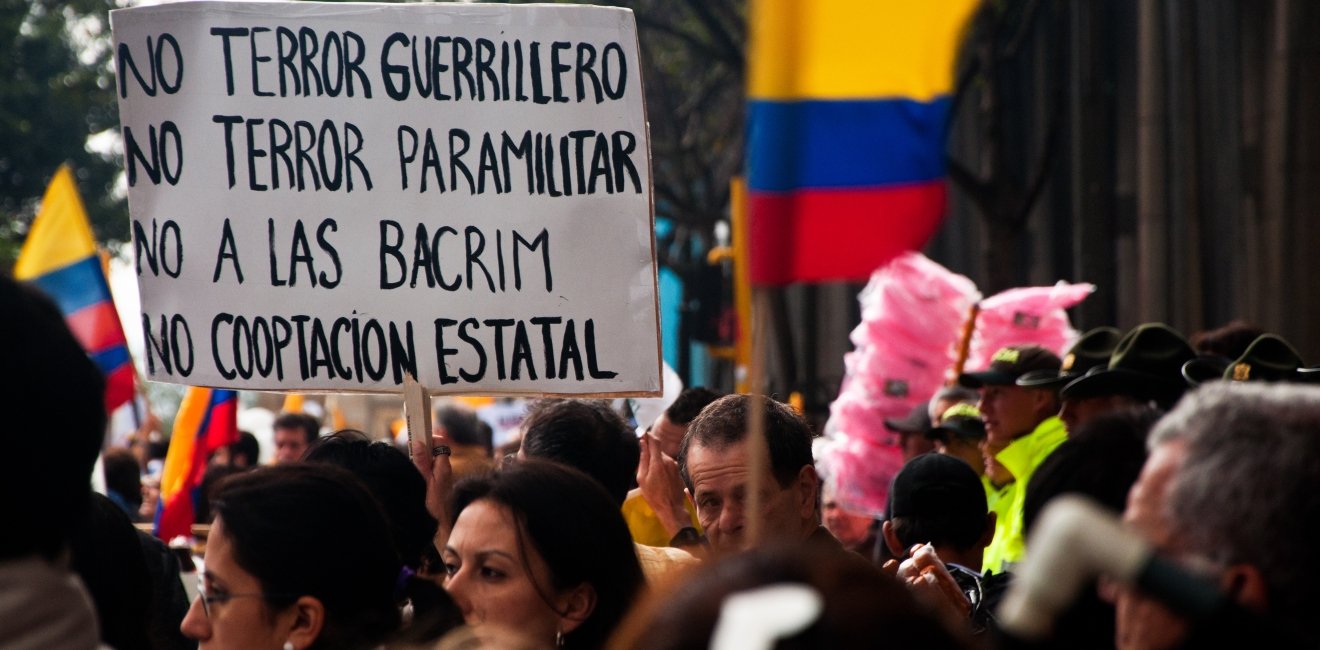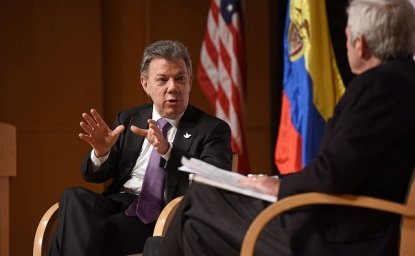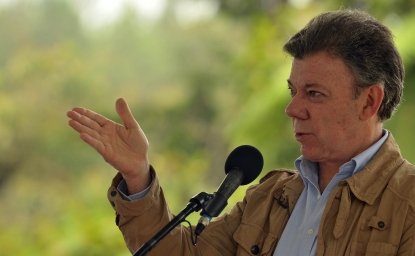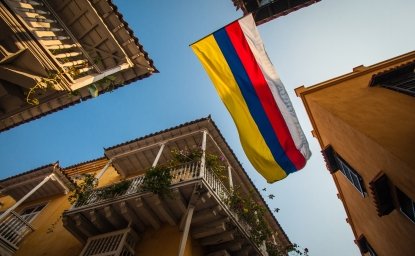
This op-ed was written by LAP Director, Dr. Cynthia Arnson and was published in Newsweek. The partisan rancor that characterizes official Washington will take a short breather this week, when Colombian President Juan Manuel Santos visits the White House and Congress to celebrate the 15th anniversary of Plan Colombia. Plan Colombia, the largest aid package in the history of U.S.-Latin American relations, represented a bipartisan effort to fight illegal narcotics and build state capacity in the region’s third largest country and oldest democracy. The amount of assistance—almost $10 billion—represents a fraction of what Colombians themselves have spent, but has been instrumental in the fight to establish state presence and legitimacy against a host of illegal armed groups. One of those groups—the Revolutionary Armed Forces of Colombia (FARC) —is now in the final stages of peace negotiations with the Santos government. Military pressure decimated the FARC’s leadership while its ranks were thinned by thousands of desertions. Policies in Santos’s first term—a historic process of land restitution and reparations to victims—coupled the government’s military advances with efforts to address the root causes and effects of conflict. The combination of carrot and stick has provided Colombia’s best chance in over 50 years to begin to live as a normal country. Within and outside Colombia, critics accuse the government of sitting down with terrorists who should be vanquished on the battlefield, not invited to the peace table. Harsh judgment has been aimed especially at a transitional justice accord signed in September which allows FARC leaders to escape jail time for serious human rights crimes. There is no doubt that moral and practical considerations often clash in bringing internal armed conflict to an end—not only in Colombia but around the world. In Colombia’s case, the hard facts—that the FARC still has 6-7,000 battle-hardened fighters willing and able to wreak havoc on Colombian civilians, soldiers, and economic infrastructure—make the trade-off between peace and justice agonizingly difficult. Peace is always declared over the ashes of many victims. What is desirable ethically—that people who have committed atrocities face accountability—and what is possible politically—to convince a weakened but still viable guerrilla force to lay down its weapons—makes a pragmatic outcome far less than ideal. Colombia’s security gains over the last decade and a half, together with human rights reforms that made possible a bilateral U.S.-Colombia free trade agreement, have transformed the country into a U.S. strategic partner. Colombia now provides third-country security assistance directly to countries such as Mexico and other times in tandem with the United States, in Central America and throughout the developing world. U.S. private sector investments have soared in response to the FTA and the improvements in security. Once a final accord is signed, an outcome that now appears almost certain, it would be a grave mistake for the United States to fail to invest as generously in the peace as it has in pursuing security and counter-narcotics goals. Precisely this failure marked U.S. policy toward Central America following the end of the wars there, with major consequences for the region and for U.S. policy. El Salvador, for example, where the United States spent $6 billion to fight a counterinsurgency war during the height of the Cold War, now has the highest homicide rate in the hemisphere and one of the highest in the world. Tens of thousands of unaccompanied minors flooded over the U.S. border in 2014, desperate to escape gang violence and lack of opportunity. The United States did not create these problems, but walking away at a critical time let open wounds fester and morph into something more terrible. As much as Plan Colombia will deservedly be celebrated as a bipartisan success story, it is not the case that Colombia’s problems have or will vanish with the signing of the peace agreement. Vicious criminal groups known as BACRIM ( bandas criminales ) continue to terrorize the Colombian countryside, trafficking in drugs and other forms of illegality. Coca cultivation is again on the rise, stoking a resilient illegal economy. Colombian institutions are strong, but not immune to corruption and illicit influences. The FARC may not abandon its longtime involvement in lucrative drug trafficking, not to mention that another guerrilla group, the National Liberation Army (ELN) remains active and deeply involved in criminal enterprises. Helping address these problems, and disarming, demobilizing and reintegrating armed combatants, requires the support of the international community. The United Nations Security Council recently approved a mission to oversee the demobilization process, and the Organization of American States has been operating in Colombia for over a decade. Colombia has always provided the bulk of its own resources to meet national needs, but in this era of low and declining oil prices, it no longer has the fiscal cushion to meet post-conflict challenges on its own. U.S. political leaders across party lines have supported three Colombian administrations in making remarkable accomplishments. But this is not the time to declare victory and move on to the next crisis.
Author




